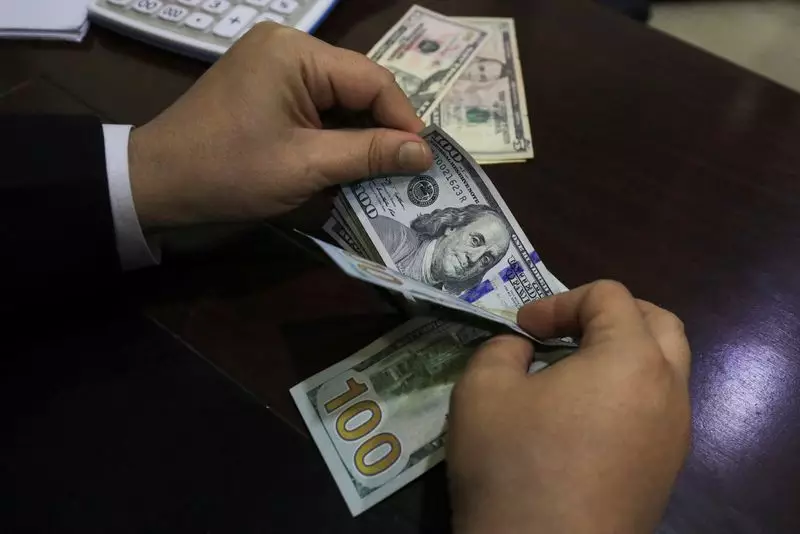In a turbulent financial landscape, the U.S. dollar has demonstrated remarkable fluctuations against major currencies, reflecting traders’ apprehensions and expectations surrounding political developments. Recent reports concerning President-elect Donald Trump’s tariff policies have ignited discussions on their potential impact on the dollar’s stability, prompting market participants to reassess their positions. This article delves into the underlying factors influencing the dollar’s current state, analyzing both the concerns surrounding tariff implementations and the broader economic implications for the currency.
The prospect of tariffs has always held a prominent place in economic discourse, particularly given Trump’s previous declarations regarding imposing universal tariffs. Initial promises hinted at aggressive approaches—set to alter trade relationships globally. However, reports from reliable sources like the Washington Post indicating a more selective application of these tariffs, limited to sectors deemed vital for national security, have shifted market sentiment. This softened rhetoric suggests that Trump’s administration may prioritize negotiation and consensus-building, rather than adopting an uncompromising stance.
Such modifications in perspective played a pivotal role in the dollar’s performance, leading to its depreciation against currencies like the euro and the British pound. The U.S. dollar index, a benchmark that reflects the greenback’s value compared to a basket of foreign currencies, experienced fluctuations that indicate traders’ responses to the evolving political landscape. Following the reports on tariff strategies, the index fell, yet simultaneously rebounded as Trump reasserted his stance on social media, illustrating a confusing environment for traders.
The interplay between political announcements and market behavior reflects a profound connection between economic indicators and currency valuation. While Trump’s fiscal stimulus plan initially optimized expectations for U.S. economic growth, the potential for diluted tariffs raises questions about long-term effects. Industry experts note that while tariffs could provide short-term boosts to specific sectors, the ripple effects on consumer prices and international relations could counteract any immediate benefits.
Moreover, the U.S. dollar’s gain against the yen, reaching a level not seen since mid-July, indicates that investors may still regard the dollar as a safe haven amidst global uncertainty. This sentiment is likely bolstered by rising U.S. Treasury yields, which lend support to the dollar as investors seek higher returns.
In parallel with U.S. currency fluctuations, developments north of the border also merit attention. The Canadian dollar experienced significant volatility following Prime Minister Justin Trudeau’s announcement of his upcoming departure from leadership. Such political instability has nudged traders to recalibrate their positions, reflected in the recent shifts in currency pairings. Analysts like Kyle Rodda suggest that market perceptions may favor a shift away from Trudeau’s administration, believing it could foster a stronger economic trajectory without his leadership, thus impacting the Canadian dollar’s exchange rate with the U.S. dollar.
In the context of traditional finance, cryptocurrency markets are carving their niches, often reacting to economic shifts in their unique ways. The recent surge in Bitcoin’s value underscores a growing interest as investors diversify their portfolios amidst uncertainty. Trading at its highest levels since December, Bitcoin’s performance suggests that investors are increasingly cautious about fiat currency and seeking alternative assets that can potentially safeguard their wealth against economic turbulence.
The U.S. dollar’s recent fluctuations, influenced by Trump’s tariff discussions and broader economic indicators, highlight the intricacies of financial markets in response to political climates. As traders grapple with these developments, future currency movements will depend not only on U.S. domestic policy unfolding but also on global political dynamics. Understanding these factors will be crucial for investors seeking to navigate the complexities of an ever-evolving marketplace. Investors must remain vigilant, recognizing that the terrain is fraught with possibilities and uncertainties that could significantly impact their financial strategies.

